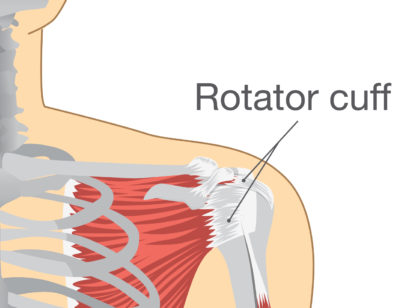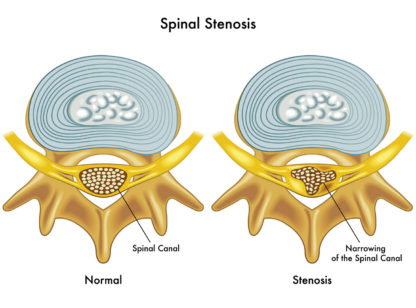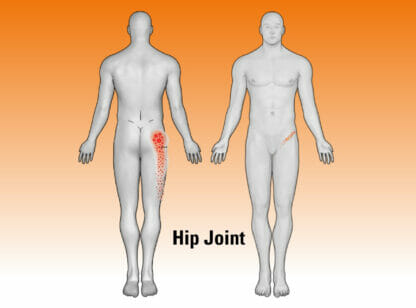Over the last year approximately 20% of my patients came in with a primary complaint of low back pain. The patient can often pinpoint a moment when he lifted an object or moved a certain way, and all of a sudden had onset of pain that ultimately sent him to our clinic. Alternatively, other patients detail a more gradual onset of pain during specific activities, such as bending, lifting, running, or walking.
The common theme in both of these instances is that the patients can attribute the onset of their pain to movement. The typical response is to avoid that movement, thus preventing further discomfort. Pain is perceived as a warning sign that damage is occurring within our bodies, and it must be stopped. There are times when this is the appropriate response, but in the case of low back pain, recent research on the subject shows just the opposite to be true.
The first step to understanding low back pain is to demystify its source. The most common causes are attributable to weakness and poor coordination of the muscles that stabilize the trunk, muscle spasm, muscle strain, and decreased flexibility. Each vertebra of the lumbar spine has five different joints that have to move correctly for normal spinal motion to occur. When one of these joints becomes dysfunctional due to an abnormal pull or inadequate stabilization by the muscles, it creates an aberrant movement pattern, which is perceived as pain. By avoiding this movement, relief is gained.
Because avoiding the movement affords relief, this becomes a habit, further altering the biomechanics of the spine and trunk muscles. Aberrant movement patterns are reinforced, thus creating further weakness and inflexibility. A vicious cycle is created, and the newly painful movements are also avoided. The brain is re-trained to associate movement with pain, and non-movement with relief. So, how does one avoid falling into this pattern?
The best way is to get up and move.
This may seem counter-intuitive, but one of the most effective ways to combat low back pain is to begin a graded walking and strengthening program. The walking program should begin and progress according to tolerance. For example, a patient notes that he is able to walk for five minutes, then has onset of back pain. If after another minute of walking, the pain continues to increase, this hypothetical patient’s starting point is five minutes of walking. He should continue to walk 2-3 times per day, five minutes at a time, for a week. The next week, he should attempt to increase the time to 8-10 minutes, and so on.
The strengthening program should be targeted at correcting the coordination between the muscles of the abdomen, lower back, and hips in order to provide appropriate spinal stabilization, and to correct the movement patterns that have led to the onset of pain.
Once the correct motor patterns are learned for appropriate spinal motion, patients frequently gain relief, and are able to monitor their symptoms appropriately, understanding which type of pain is “dangerous,” and which type is safe to work through. To understand and combat back pain with movement allows resuming a “normal life,” which is frequently what patients want out of physical therapy.
Claire Kopko is a Doctor of physical therapy with Avid Physical Therapy and can be reached at [email protected] or at (760) 347.6195.










































Comments (1)
COOL